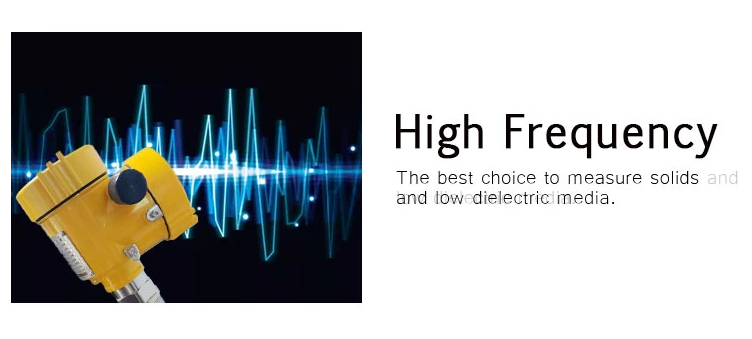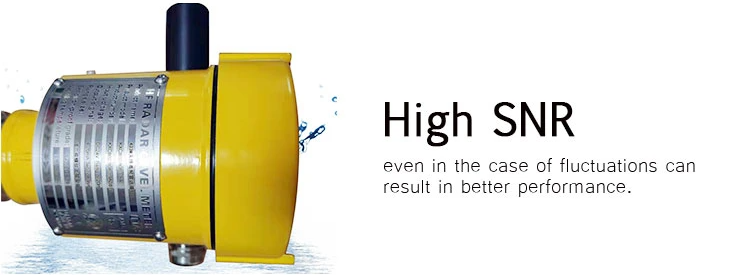BETTER TOUCH BETTER BUSINESS
Contact Sales at KAIDI.
The following are the eight inspection methods and steps of the magnetrol radar level gauges:

1, percussion hand pressure method
The phenomenon of good and bad when the instrument is running is often encountered, and most of this phenomenon is caused by poor contact or virtual welding. In this case, tapping and hand pressing can be used. The so-called "knock" is to tap the board or component lightly through a small rubber cockroach or other percussion object to see if it will cause an error or downtime. The so-called "hand pressure" means that when a fault occurs, after turning off the power, press the plugged parts, plugs and sockets firmly by hand again, and then start the machine again to try whether the fault will be eliminated. If you find that tapping on the case is normal, and hitting it again is not normal, reinsert all the connectors and try again.

2. Observation method
Use sight, smell, touch. Sometimes, damaged components will discolor, blister or have burnt spots; burnt components will produce some special odor; shorted chips will become hot; virtual soldering or desoldering can also be observed with the naked eye. .
3. Exclusion method
The so-called elimination method is a method of judging the cause of the failure by plugging in some plug-in boards and devices in the machine. When the instrument returns to normal after a plug-in board or device is removed, it means that the fault occurs there.
4. Substitution method
Two instruments of the same model or sufficient spare parts are required. Replace a good spare with the same component on the faulty machine to see if the fault is eliminated.
5. Contrast method
It is required to have two instruments of the same model, and one of them is in normal operation. Using this method also requires the necessary equipment, such as a multimeter, oscilloscope, etc. According to the nature of comparison, there are voltage comparison, waveform comparison, static impedance comparison, output result comparison, current comparison and so on. The specific method is: let the faulty instrument and the normal instrument operate under the same conditions, and then detect the signals of some points and then compare the two groups of signals measured. If there is a difference, it can be concluded that the fault is here. This method requires the maintenance personnel to have considerable knowledge and skills.
6, heating and cooling method
Sometimes, the instrument works for a long time, or when the temperature of the working environment is high in summer, it will malfunction. The shutdown and inspection are normal, and it will be normal after stopping for a period of time and then restarting. After a while, the failure occurs again. This phenomenon is due to the poor performance of individual ICs or components, and the high temperature characteristic parameters do not meet the index requirements. In order to find out the cause of the failure, the heating and cooling method can be used. The so-called cooling is to use cotton fiber to wipe the anhydrous alcohol on the part that may fail to cool down when the failure occurs, and observe whether the failure is eliminated. The so-called temperature rise is to artificially increase the ambient temperature, such as using an electric soldering iron to approach the suspicious part (be careful not to raise the temperature too high to damage the normal device) to see if the fault occurs.
7. Shoulder riding
The shoulder riding method is also called the parallel method. Put a good IC chip on the chip to be checked, or connect good components (resistor capacitors, diodes, transistors, etc.) in parallel with the components to be checked, and keep good contact. If the fault comes from the internal open circuit of the device or Reasons such as poor contact can be ruled out by this method.
8. Capacitor bypass method
When a certain circuit produces a relatively strange phenomenon, such as a display confusion, the capacitor bypass method can be used to determine the part of the circuit that is probably faulty. Connect the capacitor across the power supply and ground of the IC; connect the transistor circuit across the base input or collector output to observe the effect on the fault phenomenon. If the capacitor bypass input is invalid and its output is bypassed, the fault phenomenon disappears. Through the above understanding of the adherence steps of the radar level gauge, it will be safer to use.

We are here to help you! If you close the chatbox, you will automatically receive a response from us via email. Please be sure to leave your contact details so that we can better assist